Home>Storage & Organization>Decluttering Tips & Tricks>How To Declutter Toys
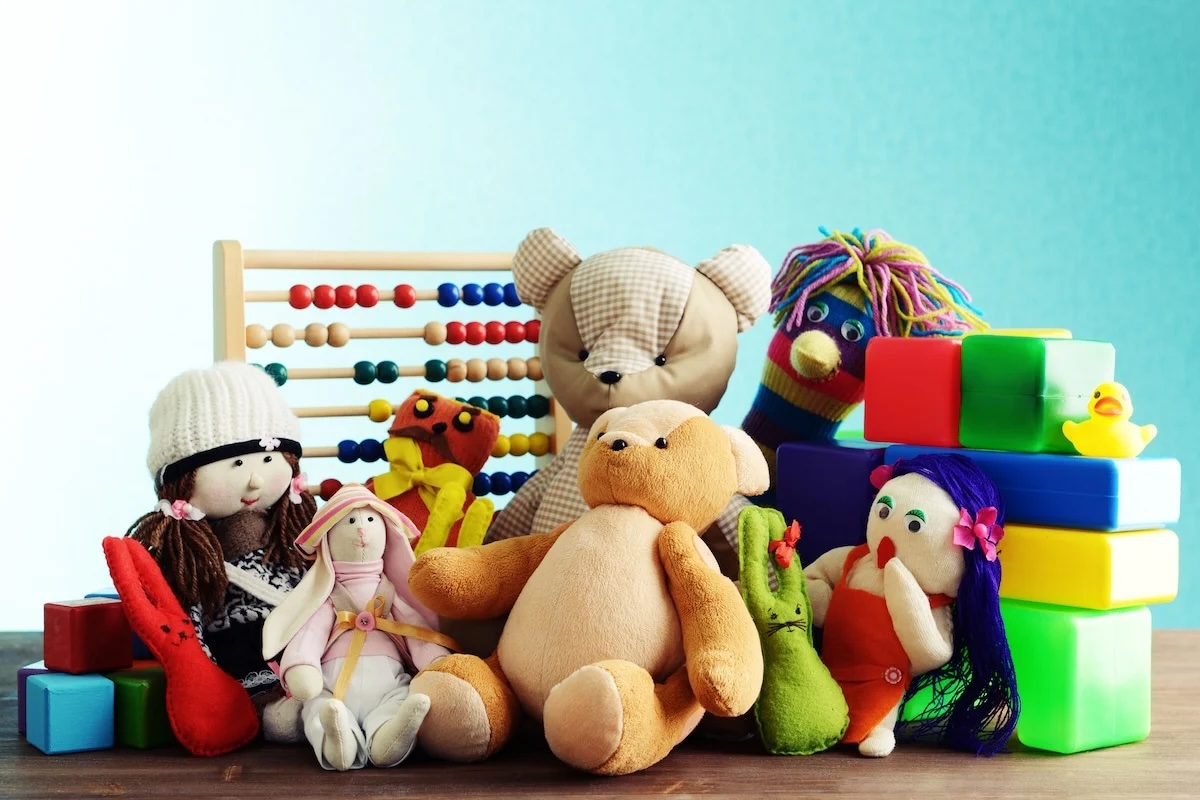

Decluttering Tips & Tricks
How To Declutter Toys
Modified: January 19, 2024
Learn effective decluttering tips and tricks to organize and tidy up your child's toys. Discover practical strategies for decluttering toys and creating a clutter-free space.
(Many of the links in this article redirect to a specific reviewed product. Your purchase of these products through affiliate links helps to generate commission for Storables.com, at no extra cost. Learn more)
Introduction
Welcome to the ultimate guide on decluttering toys! If you're a parent, you know how quickly toys can accumulate and create chaos in your home. In this comprehensive article, we'll explore the benefits of decluttering toys, as well as practical tips for assessing, sorting, organizing, and storing toys. Additionally, we'll delve into the meaningful impact of donating and recycling toys, and provide insights on maintaining a clutter-free environment.
Decluttering toys is not just about tidying up; it's about creating a harmonious and functional space for both children and parents. By following the strategies outlined in this guide, you'll not only reclaim valuable space in your home but also promote a sense of order and tranquility. So, let's embark on this decluttering journey together and transform your living space into a haven of simplicity and joy!
Key Takeaways:
- Decluttering toys promotes creativity, reduces stress, and teaches organization. It also creates space for play and fosters sustainable practices through donation and recycling.
- Involving children in decluttering teaches responsibility and gratitude. Organizing toys by zones and maintaining a clutter-free environment nurtures creativity and fosters a sense of calm and order.
Read more: How To Declutter A Room
Benefits of Decluttering Toys
Decluttering toys offers a multitude of advantages that extend beyond a tidy living space. Let’s explore the compelling benefits:
- Promotes Creativity and Focus: A streamlined collection of toys encourages children to engage more deeply with each item, fostering creativity and enhancing their attention spans. When surrounded by an overwhelming number of toys, children may become easily distracted and struggle to fully explore the potential of each plaything.
- Reduces Overstimulation: A cluttered environment can overwhelm children, leading to stress and agitation. By decluttering toys, you create a calmer and more soothing atmosphere, allowing kids to play and relax without feeling overwhelmed by excessive choices.
- Teaches Organization: Involving children in the decluttering process imparts valuable organizational skills. They learn to categorize, sort, and prioritize their belongings, laying the foundation for lifelong tidiness and orderliness.
- Fosters Gratitude: By paring down their toy collection, children gain a deeper appreciation for the items they choose to keep. This cultivates a sense of gratitude and mindfulness, as they learn to cherish and care for their possessions.
- Liberates Space: A decluttered space provides room for children to move, play, and explore without feeling confined by an excess of toys. It also allows for easier cleaning and maintenance, making the space more functional for both children and adults.
- Promotes Sustainable Practices: Donating or recycling toys reduces waste and contributes to a more sustainable lifestyle. It teaches children the importance of reusing and repurposing items, instilling eco-conscious values from a young age.
By embracing the process of decluttering toys, you not only create a more serene and organized environment but also impart invaluable life lessons to your children. The benefits extend far beyond the physical act of tidying up, enriching both their development and your household dynamics.
Assessing and Sorting
Before diving into the decluttering process, it’s essential to assess and sort through the existing toy collection. This initial step sets the stage for a more streamlined and manageable inventory of toys. Here’s how to approach the assessment and sorting phase:
- Set Clear Criteria: Establish specific guidelines for determining which toys to keep, such as considering the child’s age appropriateness, their level of engagement with the toy, and whether it aligns with their current interests and developmental stage.
- Involve Your Child: Encourage your child to participate in the process. This not only empowers them to make decisions but also helps them understand the value of decluttering and organization. It’s an opportunity to teach them about making mindful choices and taking responsibility for their belongings.
- Sort Into Categories: Create designated piles for toys to keep, donate, or discard. As you sort through the toys, consider their condition, relevance, and the amount of space they occupy. This step streamlines the decision-making process and allows for a more systematic approach to decluttering.
- Consider Multi-Purpose Toys: Prioritize toys that offer versatile play opportunities or serve educational purposes. Multi-purpose toys can provide diverse learning experiences while minimizing the need for an excessive number of items.
- Embrace Minimalism: Emphasize quality over quantity. Encourage the retention of toys that hold sentimental value, promote open-ended play, and inspire creativity, while gradually reducing the overall quantity of toys to create a more purposeful and enriching collection.
By carefully assessing and sorting through the toy inventory, you lay the groundwork for a more intentional and curated selection of playthings. This process not only declutters the physical space but also fosters mindful consumption and thoughtful curation of toys that truly resonate with your child’s interests and developmental needs.
Organizing and Storing
Once you’ve identified the toys to keep, it’s time to focus on organizing and storing them effectively. Thoughtful organization not only maintains a clutter-free environment but also facilitates easy access to toys for children. Here are practical tips for organizing and storing toys:
- Designate Play Zones: Create designated areas for different types of toys, such as a reading nook with a bookshelf for books, a crafting corner for art supplies, and a play area for larger toys. This zoning approach encourages children to engage in specific activities while keeping the space organized.
- Utilize Storage Solutions: Invest in storage bins, shelves, and containers to keep toys organized. Clear bins or labeled baskets make it easier for children to identify and access their toys, while also simplifying the cleanup process after playtime.
- Rotate Toys: Consider implementing a toy rotation system to prevent overwhelming children with too many options at once. Store a portion of the toys and periodically swap them to maintain novelty and sustained interest in the available playthings.
- Maximize Vertical Space: Utilize wall-mounted shelves, hanging organizers, or pegboards to optimize vertical storage. This not only maximizes space but also keeps toys off the floor, reducing clutter and creating a visually appealing display.
- Consider Accessibility: Store frequently used toys within easy reach of children, while reserving higher shelves or storage areas for items that require adult supervision or are accessed less frequently. This empowers children to independently select and return toys, fostering a sense of autonomy and responsibility.
By implementing strategic organization and storage solutions, you can create an environment that promotes independent play and tidiness. The careful curation of play zones and storage systems not only enhances the visual appeal of the space but also fosters a sense of order and purpose in the way toys are accessed and enjoyed.
Consider categorizing toys into keep, donate, and discard piles. Keep toys that are frequently used and loved, donate toys that are no longer played with, and discard broken or damaged toys.
Donating and Recycling
When decluttering toys, it’s important to consider the meaningful impact of donating and recycling. By responsibly parting with toys that no longer serve a purpose in your home, you contribute to the well-being of others and the sustainability of the environment. Here’s how you can approach the process of donating and recycling toys:
- Support Local Charities: Research local charities, shelters, or organizations that accept toy donations. Many community centers, children’s hospitals, and shelters welcome gently used toys to provide comfort and joy to children in need. Donating toys to these organizations not only declutters your home but also brings happiness to others.
- Verify Donation Guidelines: Before donating toys, ensure that they meet the organization’s guidelines and safety standards. Clean and sanitize the toys, and confirm whether the charity accepts specific types of toys, such as plush items, puzzles, or electronic toys.
- Explore Recycling Options: For toys that are no longer functional or suitable for donation, investigate recycling programs in your area. Some recycling facilities accept plastic toys, electronic components, and other materials for responsible disposal and repurposing.
- Encourage Sustainable Practices: Use the decluttering process as an opportunity to educate children about the importance of recycling and repurposing. Explain how donating toys can bring joy to other children and how recycling contributes to environmental conservation, instilling valuable lessons about sustainability.
- Embrace the Gift of Giving: Involve your children in the donation process, allowing them to experience the joy of giving to others. Encourage them to select toys they would like to donate, fostering empathy and a sense of social responsibility.
By donating toys to those in need and exploring recycling options for unusable items, you not only declutter your home responsibly but also contribute to the well-being of others and the planet. It’s a meaningful way to extend the life of toys and promote a culture of generosity and environmental consciousness within your family.
Read more: How To Declutter A Bathroom
Maintaining a Clutter-Free Environment
After decluttering and organizing toys, maintaining a clutter-free environment is key to sustaining the newfound sense of order and tranquility in your home. Implementing simple yet effective practices can help uphold a tidy and harmonious living space. Here are strategies for maintaining a clutter-free environment:
- Establish Daily Cleanup Routines: Encourage children to participate in daily cleanup sessions, where toys are put back in their designated storage areas. Consistent cleanup routines instill a sense of responsibility and reinforce the habit of tidying up after playtime.
- Set Limits on New Toy Acquisitions: Establish guidelines for acquiring new toys, such as donating or recycling old toys before introducing new ones. This approach promotes mindful consumption and prevents the accumulation of excessive playthings.
- Regularly Assess and Rotate Toys: Periodically reassess the toy collection to identify items that are no longer used or have been outgrown. Rotate toys to maintain novelty and sustained interest, ensuring that the available toys continue to engage and inspire children.
- Emphasize Quality Over Quantity: Encourage the selection of toys based on their value and play potential rather than sheer quantity. By prioritizing quality over quantity, you can cultivate a more purposeful and enriching toy collection.
- Lead by Example: Model tidy habits and organization for your children. Demonstrating a proactive approach to maintaining a clutter-free environment reinforces the importance of tidiness and fosters a shared commitment to a harmonious living space.
By integrating these practices into your daily routines, you can uphold a clutter-free environment that promotes peace of mind and facilitates joyful, unencumbered play. The journey toward maintaining an organized and tidy living space is a continuous process that fosters a sense of shared responsibility and respect for the home environment.
Conclusion
Embarking on the journey of decluttering toys is a transformative process that goes beyond tidying up. By streamlining the toy collection, organizing with purpose, and embracing the principles of donation and recycling, you create a harmonious and intentional living space for both children and adults. The benefits of decluttering toys extend far beyond a tidy home, enriching children’s development and instilling valuable life lessons.
As you navigate the decluttering process, remember that involving children in the decision-making fosters a sense of ownership and responsibility for their belongings. Encourage them to make mindful choices and embrace the joy of giving to others through the donation of toys they have outgrown or no longer use.
By creating designated play zones, implementing effective storage solutions, and maintaining a clutter-free environment, you cultivate an atmosphere that nurtures creativity, focus, and gratitude. These practices not only enhance the physical space but also contribute to a sense of calm and order within the home.
Ultimately, maintaining a clutter-free environment is a collaborative effort that requires consistent routines and a shared commitment to mindful consumption and organization. By leading by example and emphasizing quality over quantity, you impart valuable values and habits that resonate throughout your household.
As you embrace the principles of decluttering toys, remember that the journey is as enriching as the destination. It’s an opportunity to cultivate a space that reflects intentionality, mindfulness, and joy. Through thoughtful curation and responsible parting with toys, you create an environment where children can thrive, learn, and play freely, unencumbered by clutter.
So, let’s embark on this decluttering journey together, and transform your living space into a haven of simplicity, creativity, and boundless joy.
Frequently Asked Questions about How To Declutter Toys
Was this page helpful?
At Storables.com, we guarantee accurate and reliable information. Our content, validated by Expert Board Contributors, is crafted following stringent Editorial Policies. We're committed to providing you with well-researched, expert-backed insights for all your informational needs.
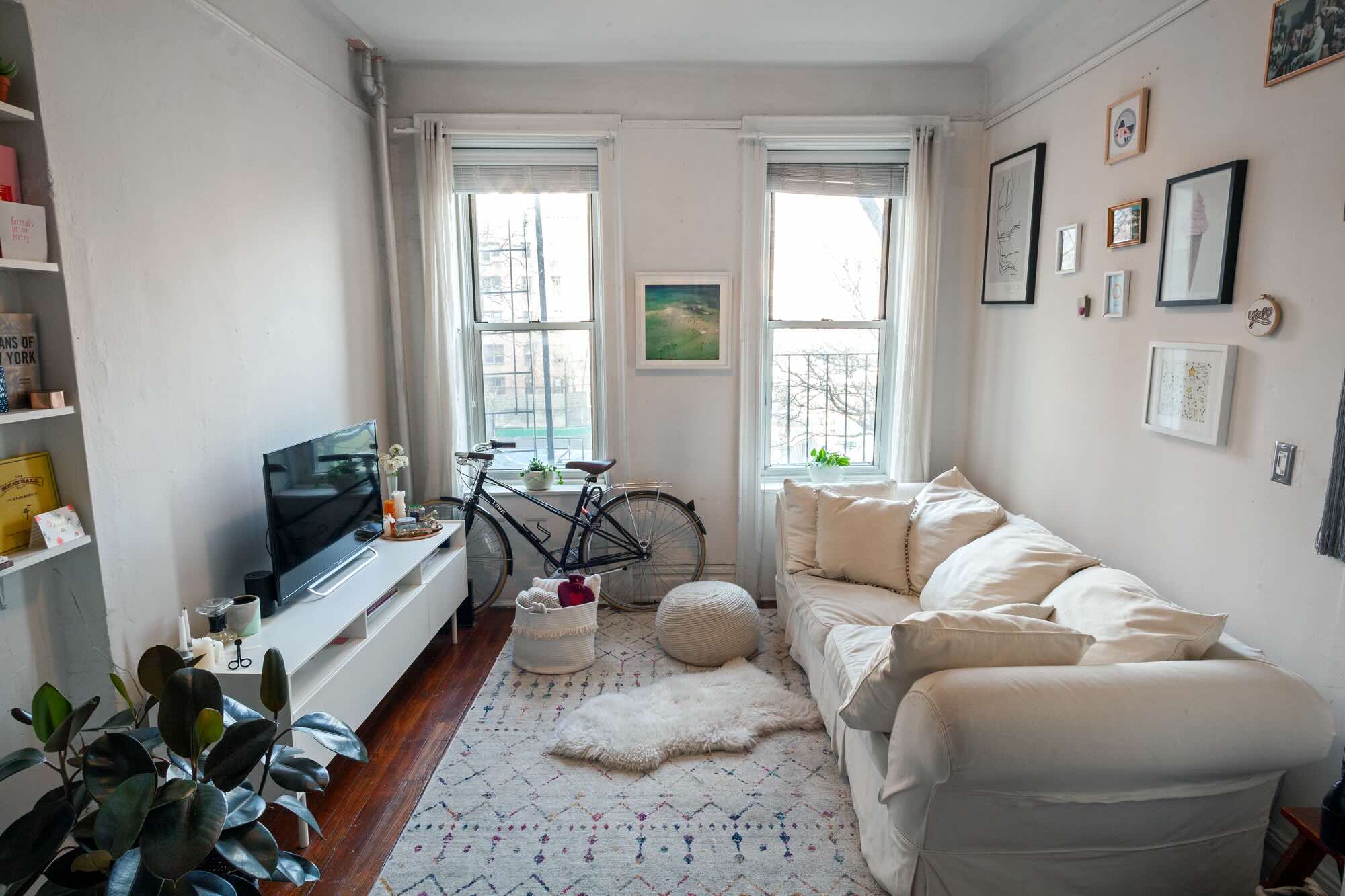

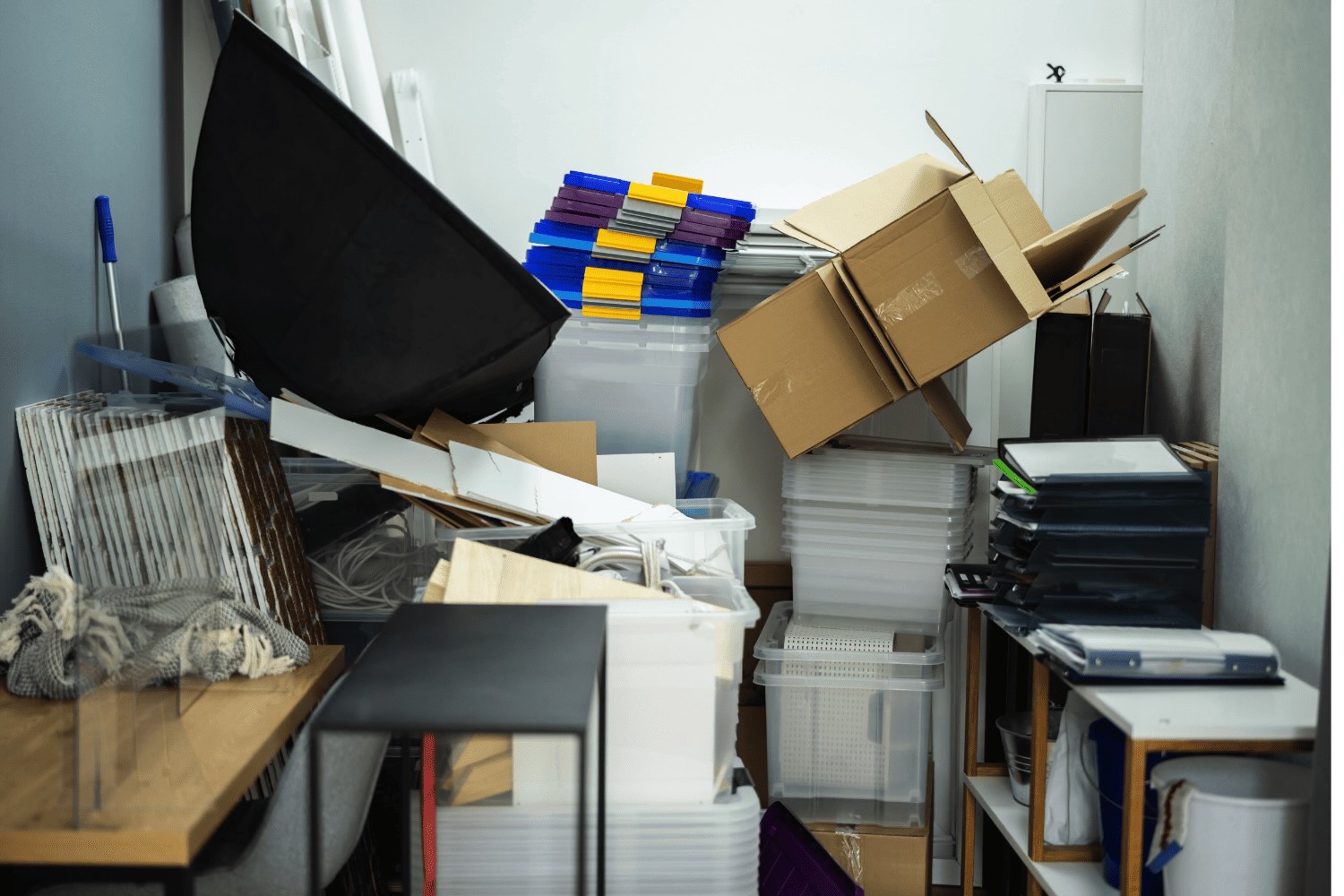
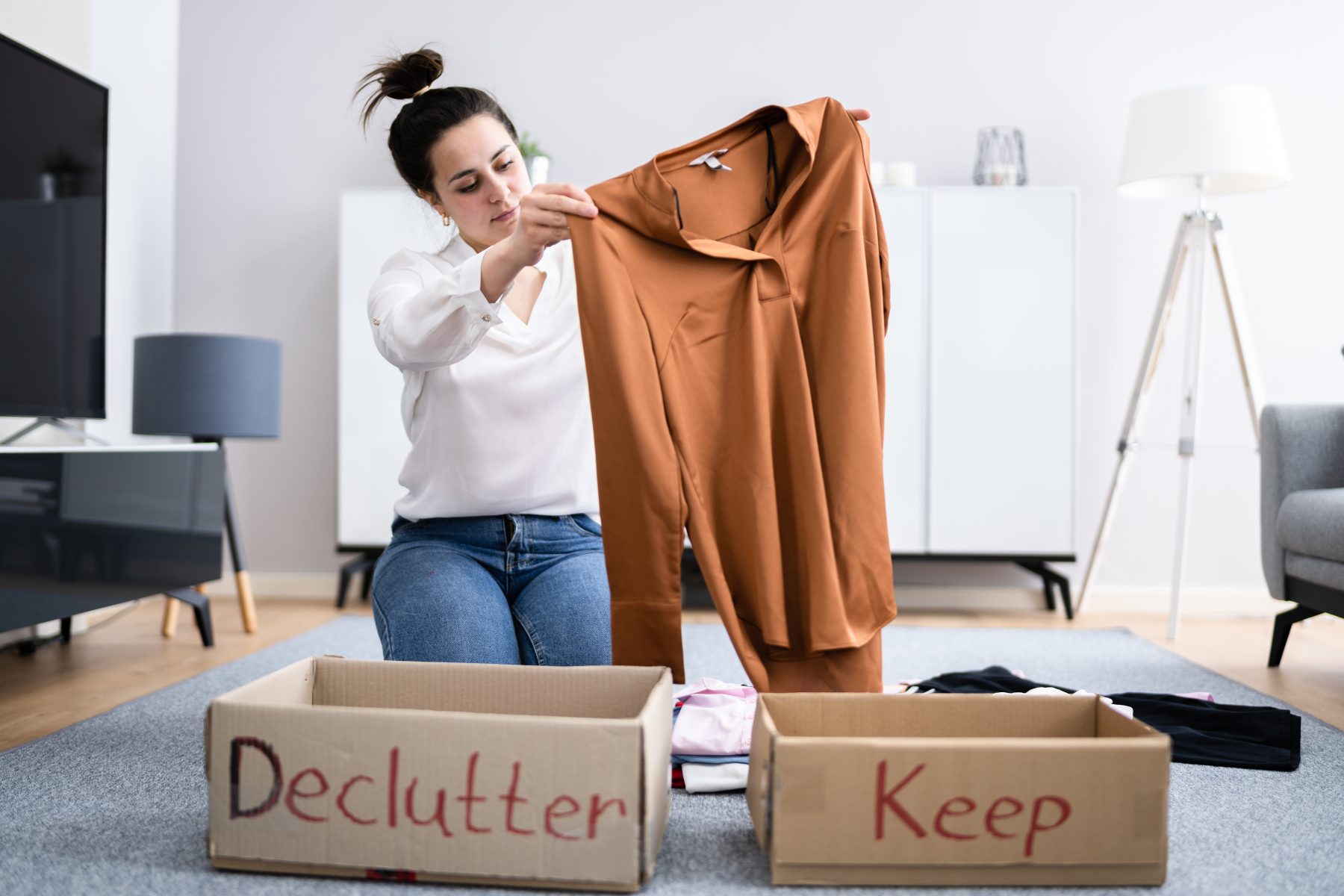

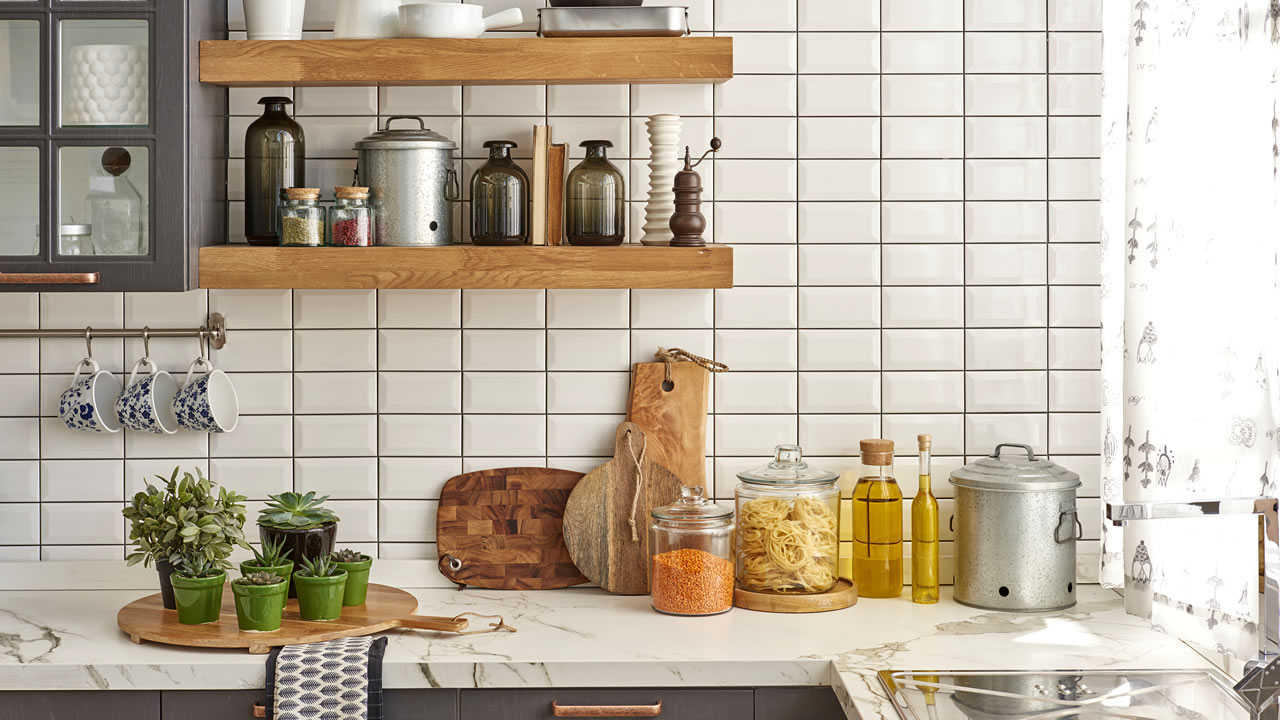
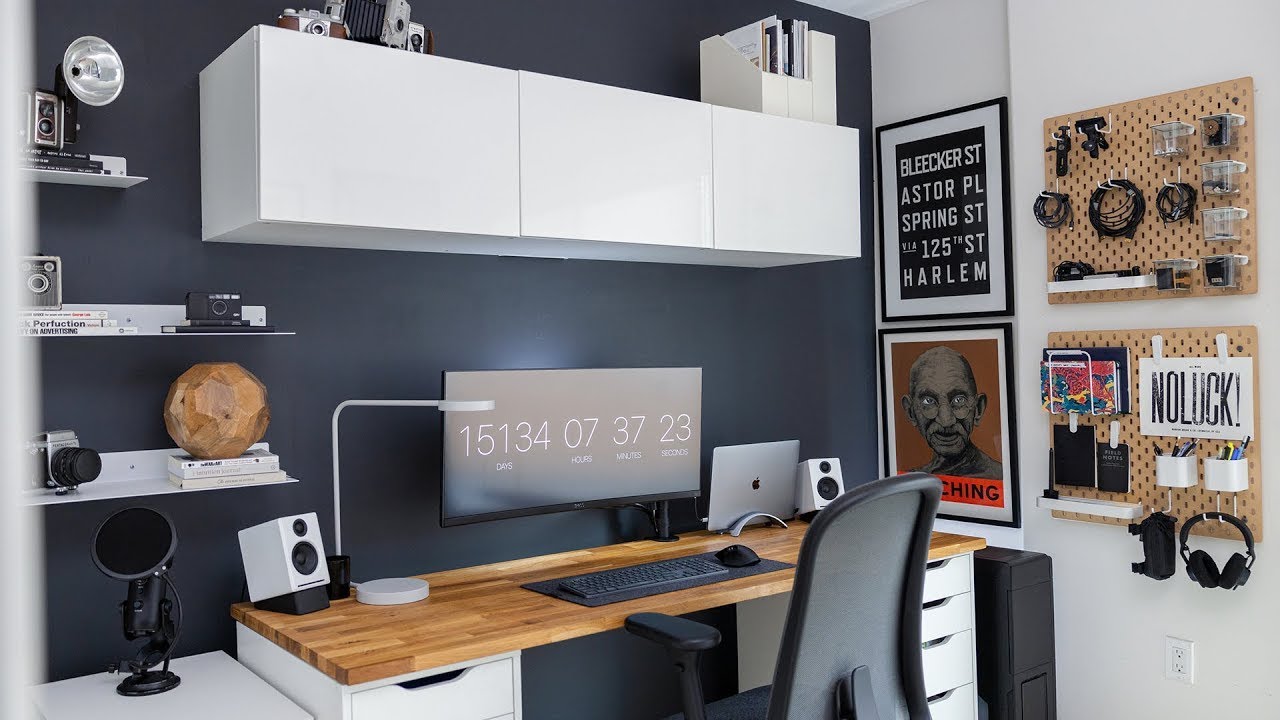
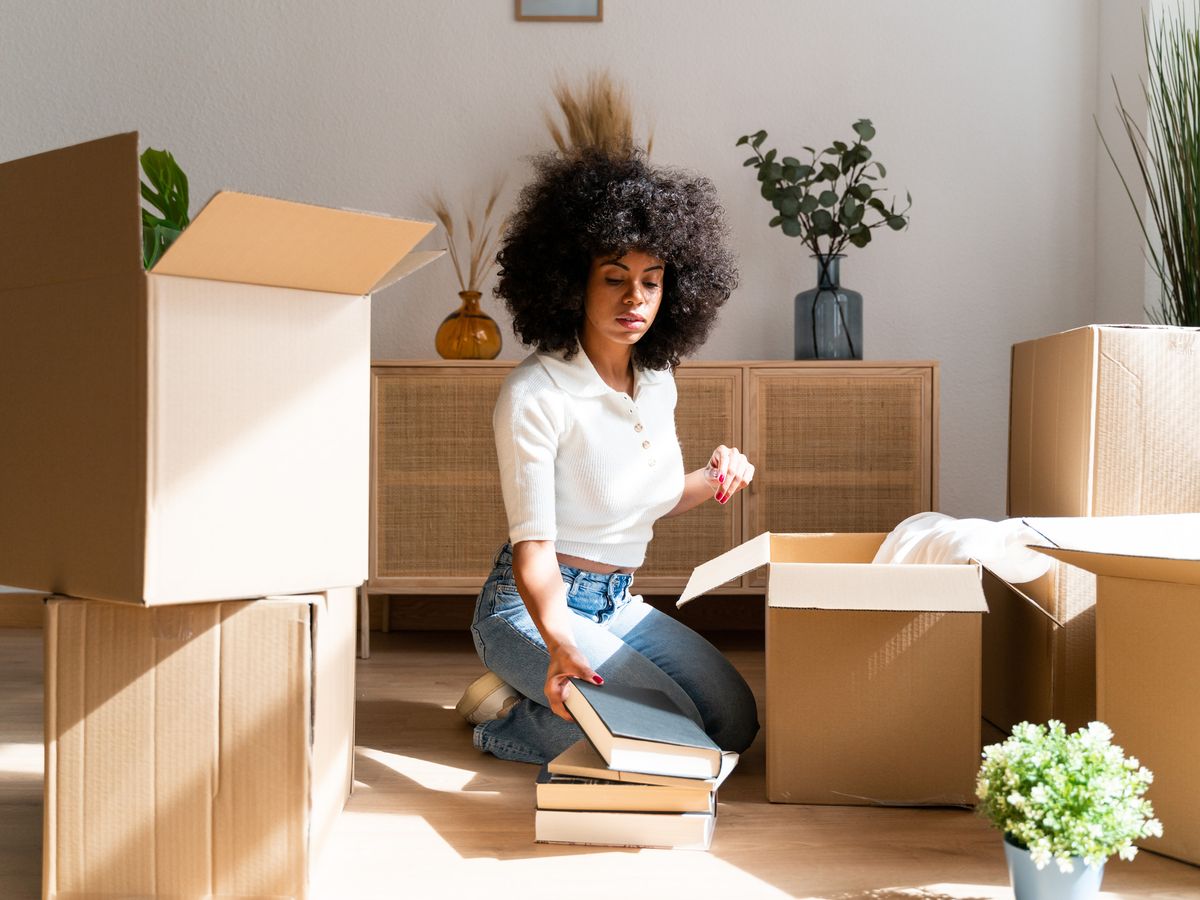
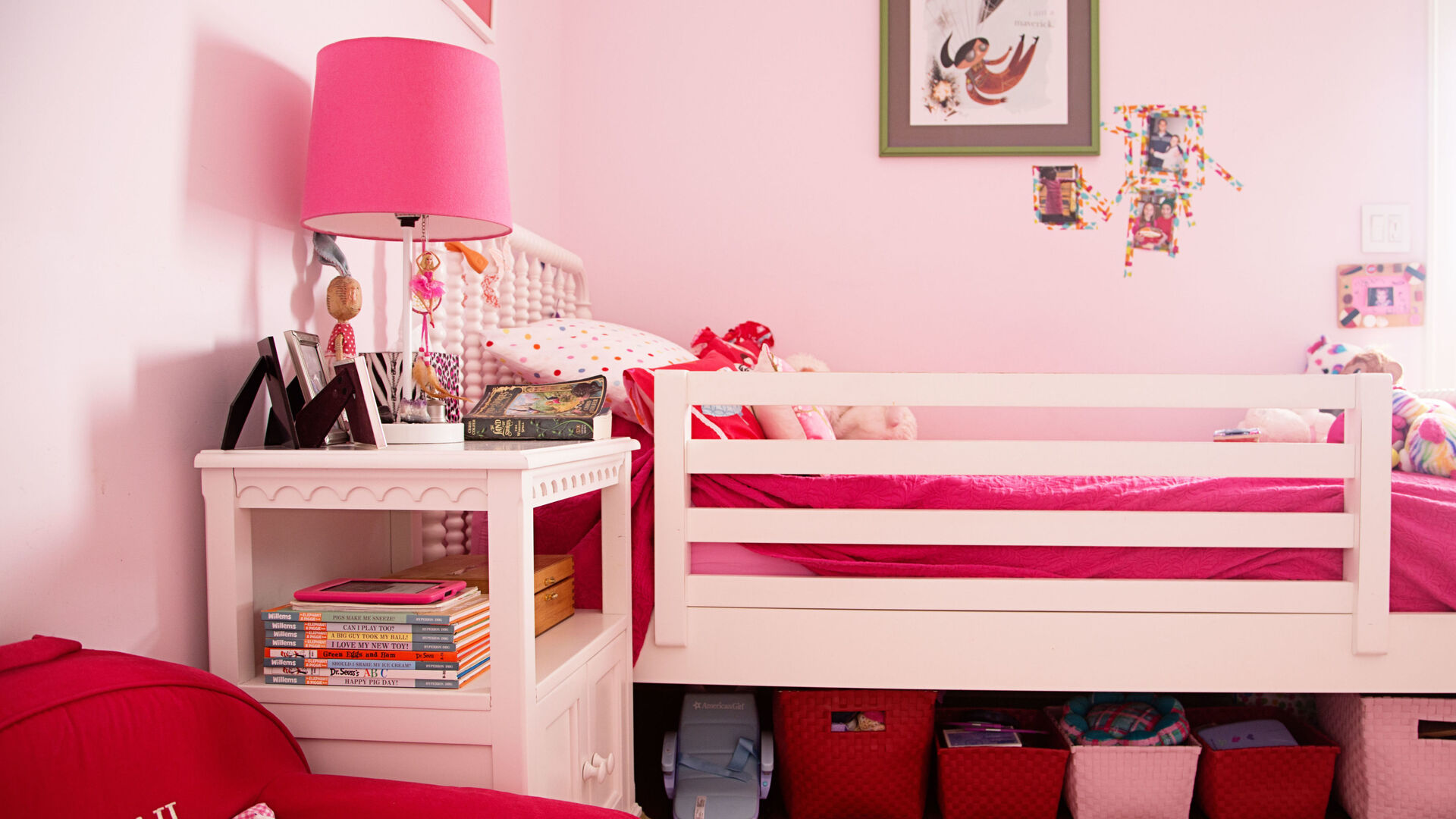

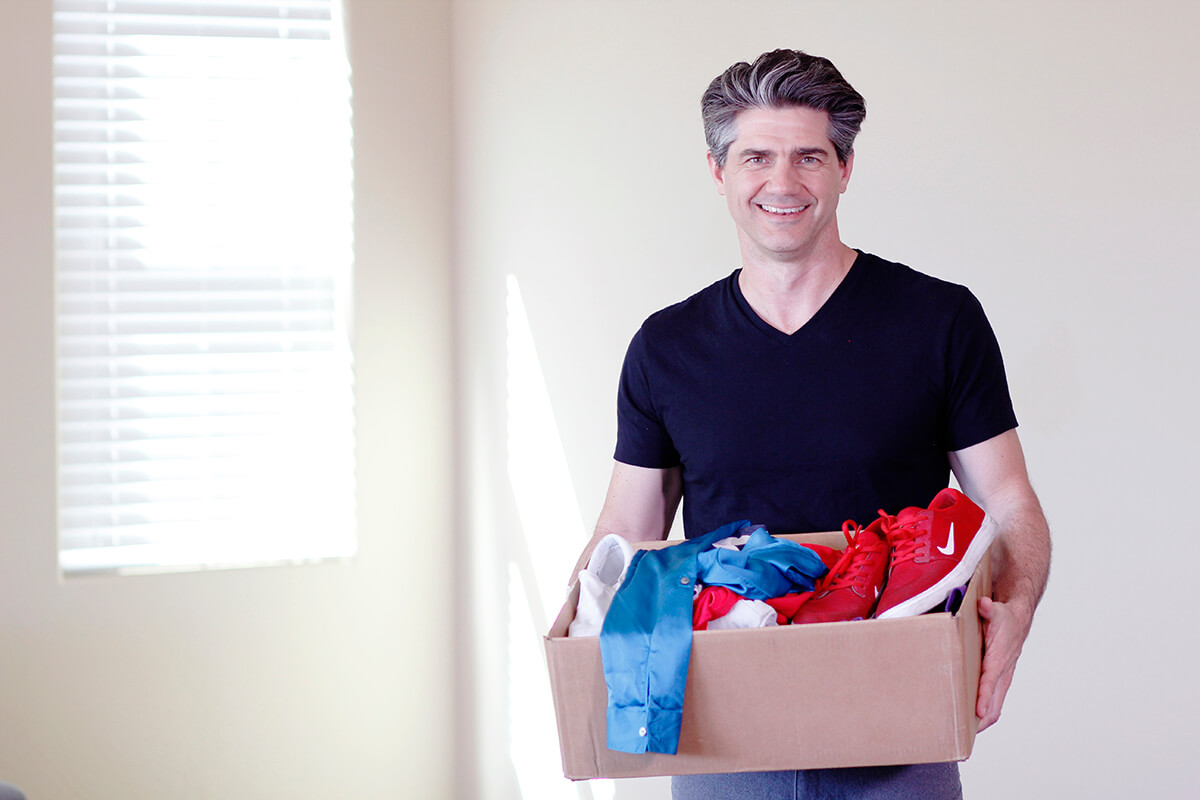
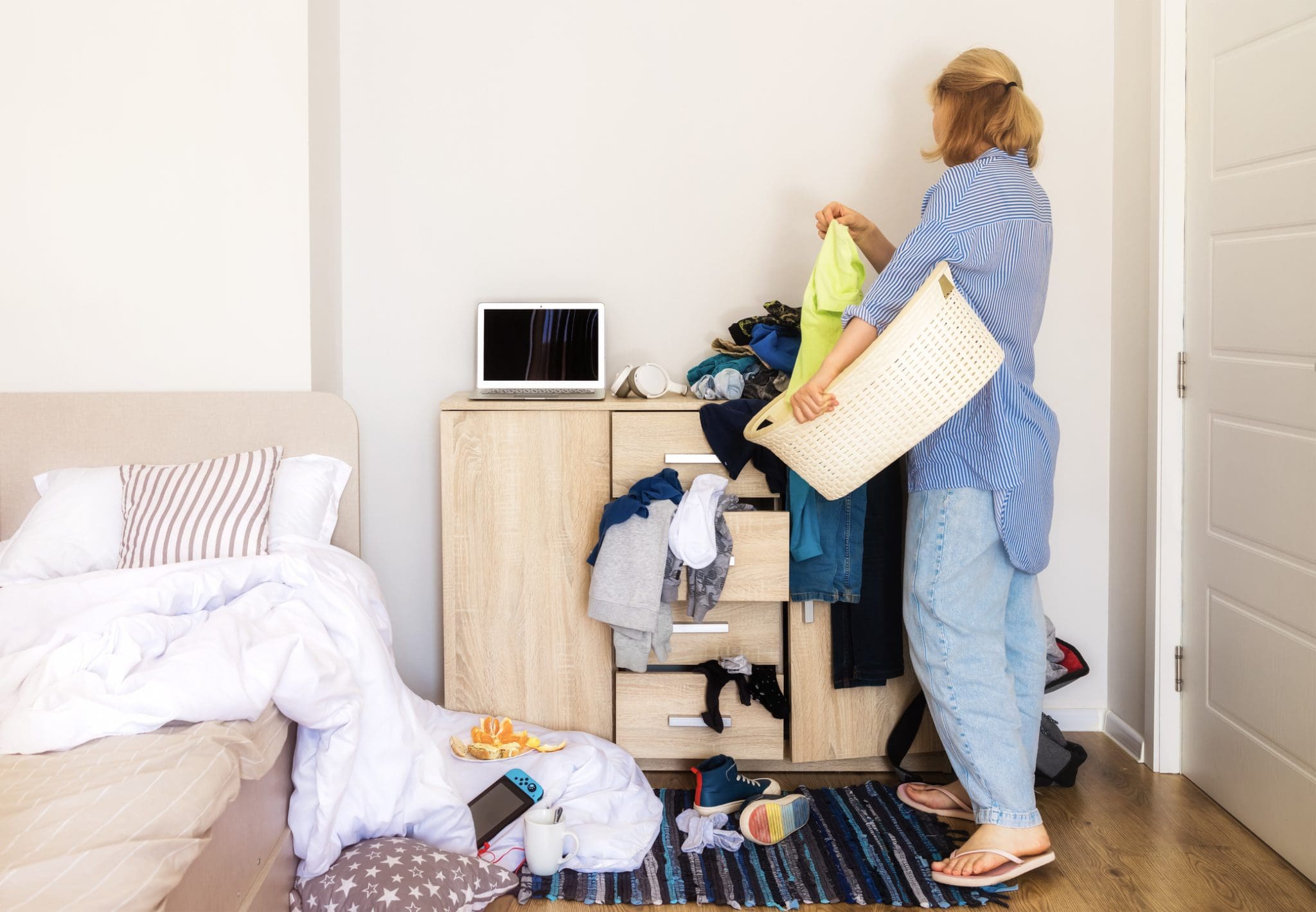
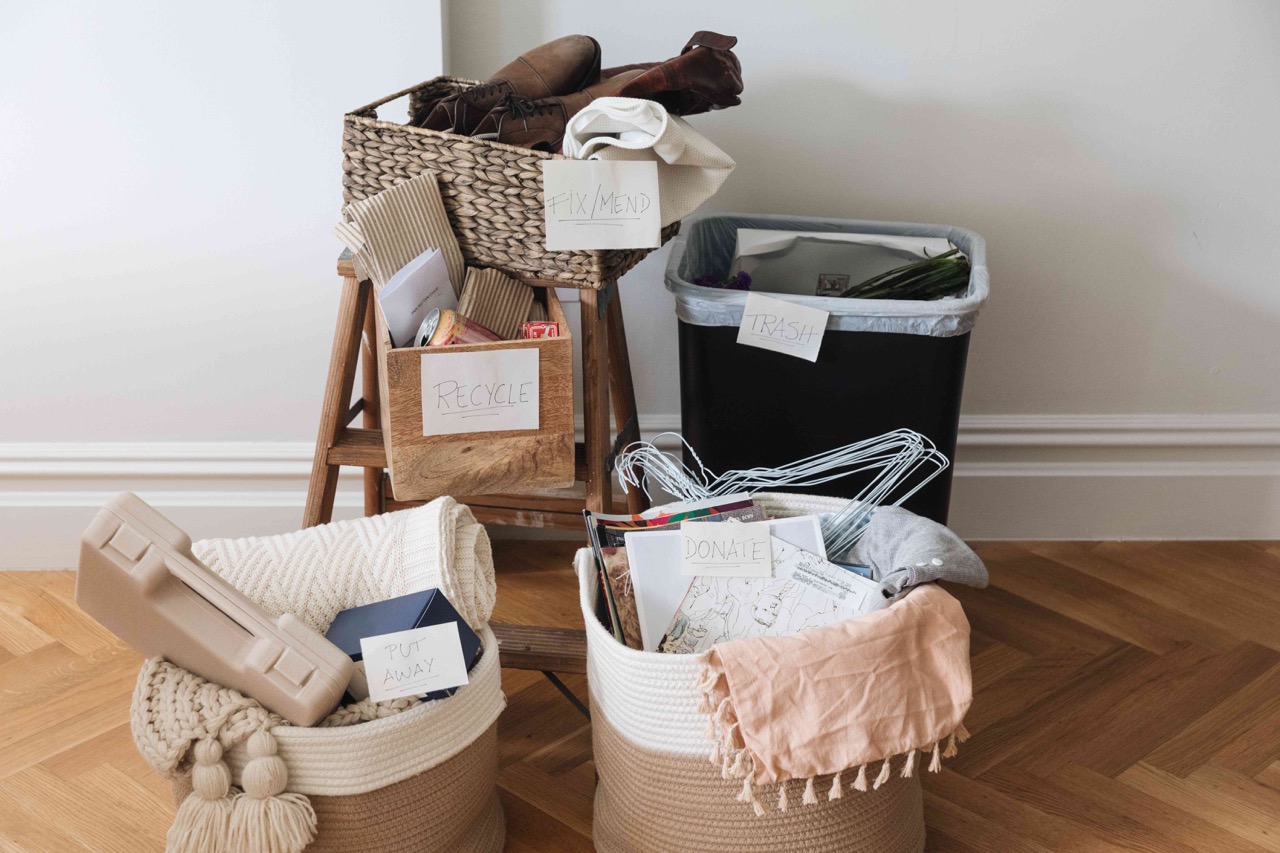
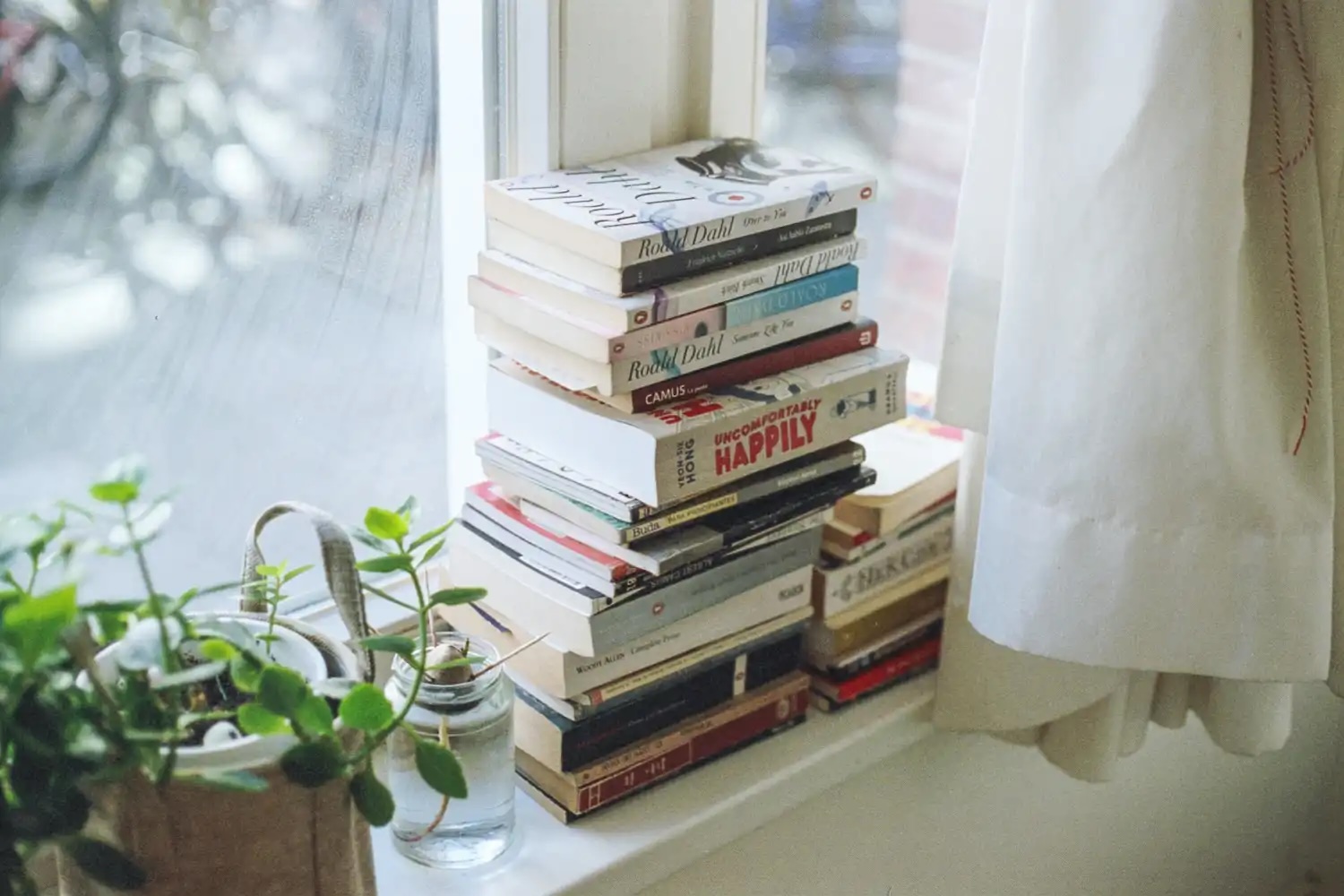

0 thoughts on “How To Declutter Toys”